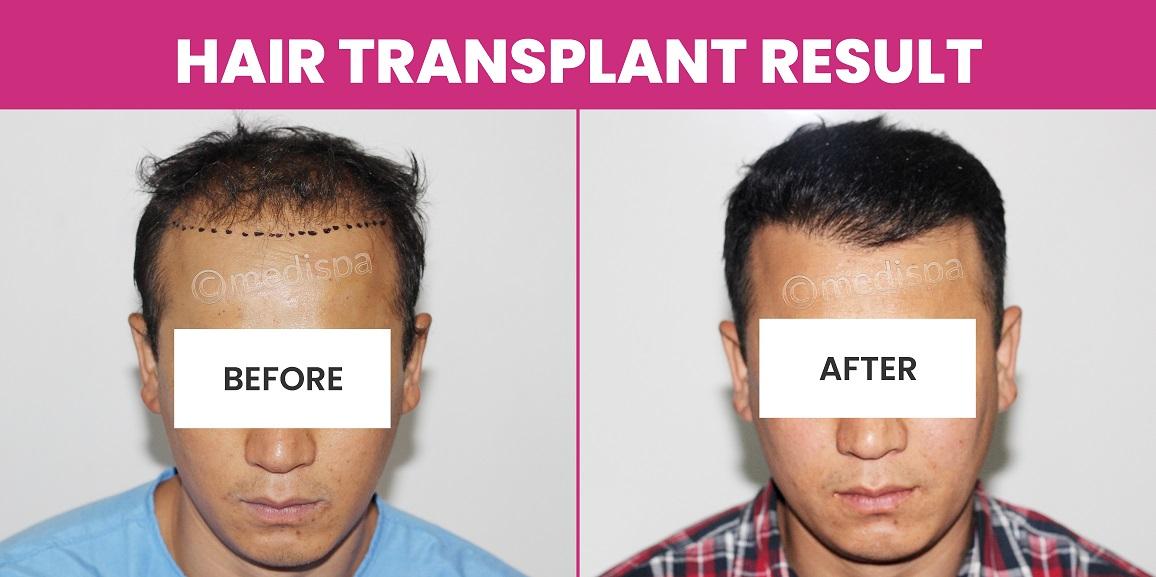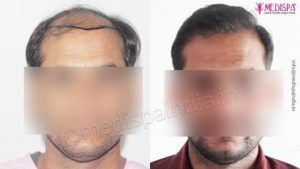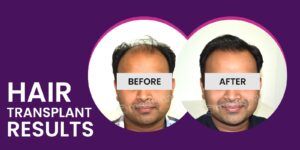
A hair transplant procedure was initially introduced several decades ago; however, it faced challenges due to its inability to achieve optimal density and the unnatural appearance of transplanted hair, which often resulted in blocked follicles. Over the years, advancements have significantly enhanced the procedure’s credibility within the industry, establishing it as the sole effective solution for hair loss.
Recent innovations in hair transplantation have concentrated on providing transplants with markedly improved hair density. The process involves relocating hair grafts from a donor site to a designated bald area, with the primary aim of restoring hair growth.
The presence of several reputable centres for hair transplant in Jaipur has transformed the perception of individuals seeking this treatment. Patients from around the globe, alongside local residents, are increasingly drawn to the pink city for hair transplant tourism. The intense competition in the region has led to a notable reduction in hair transplant cost in Jaipur.
Medispa hair transplant clinic has been at the forefront of hair transplantation for over 18 years, introducing numerous innovative techniques to ensure the highest levels of hair density while achieving completely natural-looking results. With more than 10,000 FUT and FUE hair transplants performed, the clinic consistently employs the latest methodologies to deliver exceptional outcomes in a single session.
Dr. Suneet Soni is undoubtedly the most experienced choice for those in search of a hair transplant surgeon. It is uncommon to encounter a specialist with such an impressive success rate, having performed over 10,000 flawless procedures. A key reason to select him for your hair transplant is his exceptional ability to craft hairlines that appear entirely natural. Our clinic stands out globally due to our superior services and outstanding results, making us a leading choice in the field of hair transplantation.
Therefore, it is essential to schedule a consultation with a qualified hair transplant surgeon who can evaluate your individual situation and provide realistic expectations tailored to your specific needs, as these can vary significantly from one patient to another.
How to get successful hair transplant surgery?
Let us discuss the essential aspects of undergoing a successful hair transplant procedure.
Assessing Your Hair Loss:
Experiencing hair shedding is a common occurrence; however, distinguishing between normal hair loss and a potential concern is crucial. Each hair follicle undergoes a growth cycle, culminating in the shedding of its hair shaft upon reaching maturity. This process is deemed normal when it is balanced by the emergence of new hair shafts. It is widely recognized that losing between 50 to 100 hair shafts daily is typical. Nevertheless, if you notice substantial amounts of hair on your pillows, in the shower, or during combing, it is advisable to consult a specialist.
Androgenic alopecia, commonly referred to as male and female pattern baldness, describes genetically induced hair loss that often becomes permanent. Additionally, temporary hair loss may occur due to environmental influences such as pollution, inadequate nutrition, excessive stress, and traction from frequent hairstyling.
In men, hair loss typically presents as a receding hairline or thinning in the frontal and vertex areas of the scalp. In contrast, women often experience central thinning as the primary characteristic of hair loss.
Identifying the underlying cause:
During the initial consultation, the physician will meticulously review the relevant medical history, ensuring that all significant details are accurately documented. To identify any potential underlying inflammation, various diagnostic tests, including scalp biopsies, are often recommended. A thorough family medical history is also taken into account to eliminate the possibility of genetic influences. A comprehensive examination of the entire scalp is conducted under microscopic analysis to identify any localized issues. Additionally, it is prudent to perform specific blood tests to mitigate the risk of systemic diseases. After evaluating all these essential elements, the cause of hair loss is determined.
A skilled surgeon is the key to a successful hair transplant:
A successful hair transplant requires not only appropriate training but also substantial experience, which encompasses both the number of years in practice and the volume of procedures performed. The hair transplantation process necessitates a combination of creative insight and technical skill from a proficient surgeon.
To identify the most qualified hair transplant surgeon, it is essential to conduct comprehensive research to avoid potential complications in the future. Numerous options are available, each claiming to provide hair transplants at the most competitive prices. However, it is crucial to remain vigilant against unethical clinics and ensure that they possess the necessary certifications.
Compile a list of reputable hair transplant surgeons and assess it based on their qualifications, the clinic’s expertise, the quality of their photo gallery, and patient reviews and testimonials. The hair transplant procedure involves meticulous steps, including the extraction, selection, and transplantation of hair follicles. To achieve optimal, enduring results that appear natural, it is imperative to make an informed choice when selecting the best hair transplant surgeon.
Choosing the best hair transplant procedure:
During the initial consultation, a comprehensive evaluation of the scalp is conducted. The determination of the number of follicular grafts to be harvested is based on the density of hair follicles in the donor area as well as the extent of the bald region.
The selection of the hair transplant technique is influenced by the required number of follicular grafts and various other factors. These factors include the options of FUT, FUE, or a combination of both techniques. The FUT method is typically favored when there is a need for 3000 to 3500 follicular transplants. Conversely, if the patient requires 2000 to 2500 grafts, the FUE technique may be suitable. The combination approach is often the most effective in cases of extensive baldness, where neither technique alone can adequately meet the demand for a large number of grafts.
In situations where the donor area on the scalp (the back and sides of the head) does not provide sufficient density, hair from other parts of the body may be utilized. While this may lead to results that are less than optimal, they can still be aesthetically pleasing, as the characteristics of scalp hair follicles differ from those of body hair follicles.






